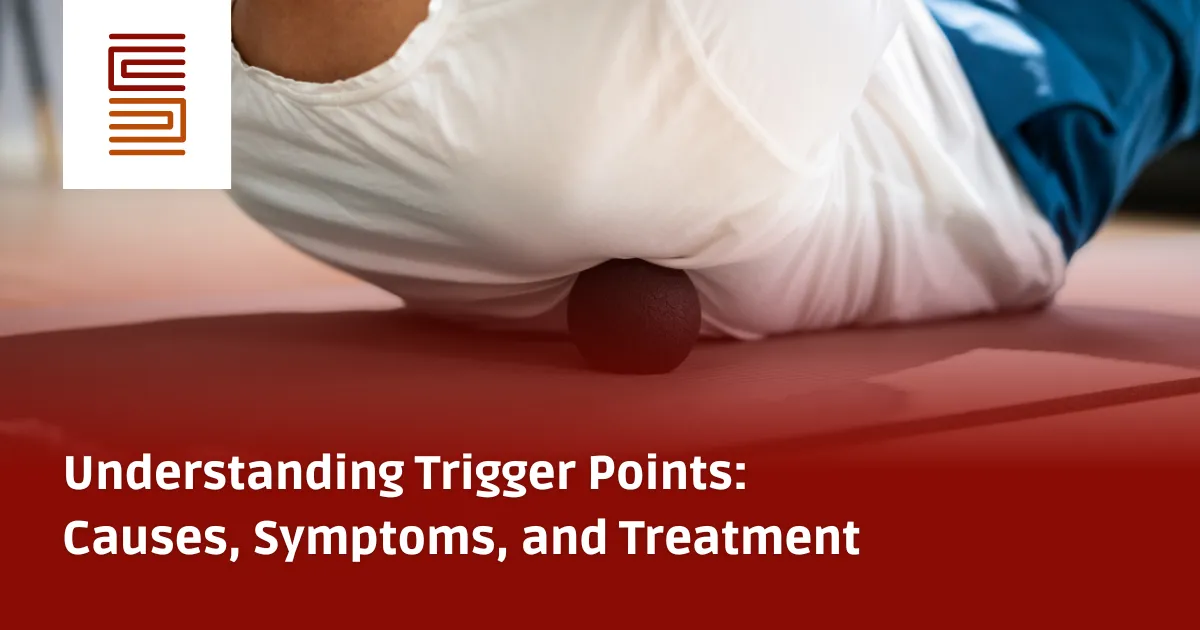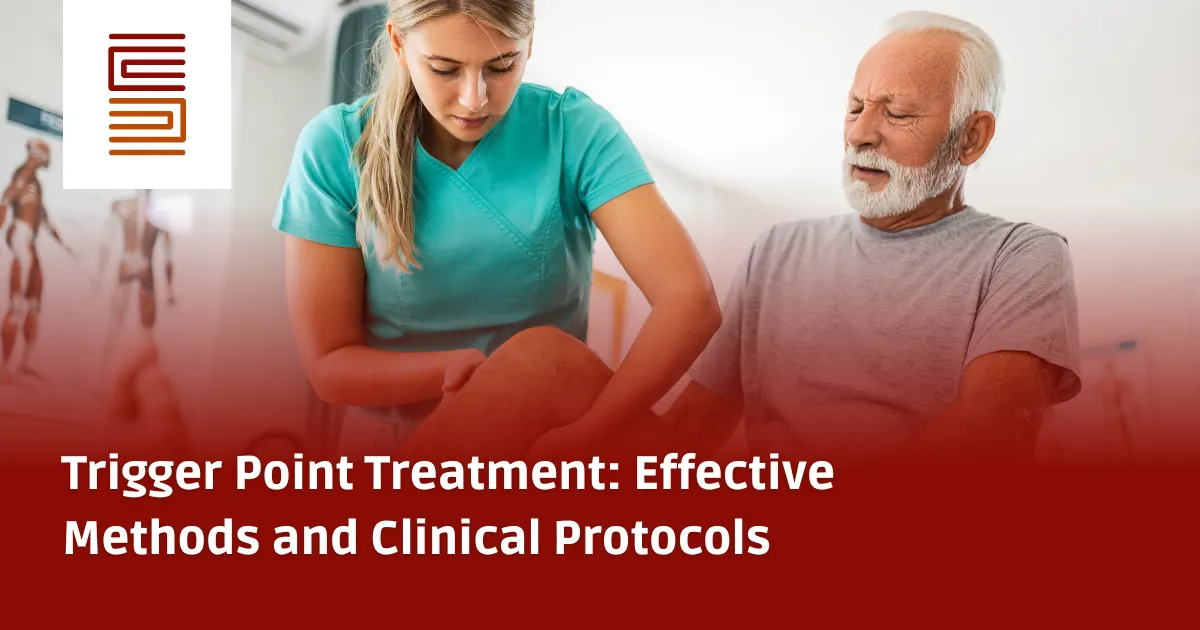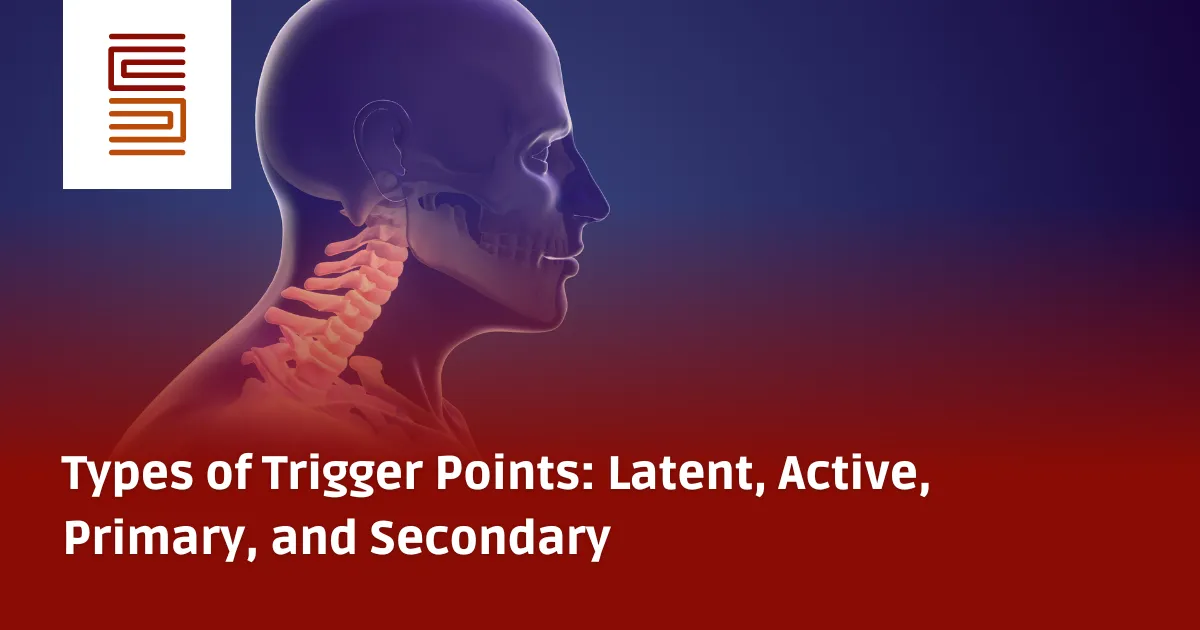Understanding Trigger Points: Causes, Symptoms, and Treatment
Learn what a myofascial trigger point is, how it forms, and its impact on muscle function. Discover techniques to relieve muscle tension and pain.
Defining a Myofascial Trigger Point
A myofascial trigger point is typically defined as a tender, palpable knot in a muscle. However, understanding how trigger points form and their effects on the body is crucial for proper treatment and pain relief.
Trigger points are not simply isolated muscle knots—they are functional dysfunctions within the neuromuscular system, causing chronic muscle tension, pain, and restricted movement.
How Trigger Points Form
To understand trigger points, it is important to review some key aspects of the neuromuscular-skeletal system.
Muscle Structure
- A muscle is composed of many small fibers, wrapped in a connective tissue sheath.
- Each fiber contains myofibrils, which are responsible for muscle contraction and relaxation.
Muscle Contraction Process
- Contraction occurs when microscopic filaments within myofibrils slide past each other, shortening the muscle fiber.
- The process is controlled by a motor nerve, which sends electrical impulses to the muscle through a myoneural junction (muscle-nerve connection).
Trigger Point Formation
- A malfunction in the myoneural junction can cause the nerve to become stuck in the “on” position, forcing the muscle fibers to remain in a constant state of contraction.
- These micro-spasms accumulate into a dense knot of tight muscle fibers, forming a trigger point.
How Trigger Points Feel
- A trigger point often feels like a small, pea-sized nodule or a tight, rope-like band within the muscle.
- Pressing on a trigger point may cause a “local twitch response,” where the muscle briefly contracts or jumps.
- Trigger points can refer pain to different areas of the body, causing widespread discomfort beyond the actual site of the knot.
Trigger Points as a Process, Not Just a Physical Condition
A critical point to understand is that trigger points are functional in origin, meaning they are part of an ongoing neuromuscular process rather than a fixed, physical condition.
- Instead of viewing trigger points as isolated muscle knots, they should be seen as a dysfunctional cycle of muscle overuse, tension, and nerve misfiring.
- Effective treatment must address both the physical tension and the underlying functional imbalance to prevent recurrence.
Treatment for Trigger Points
Relieving trigger points involves a combination of self-care techniques and professional therapies to restore normal muscle function.
Self-Care Techniques for Trigger Points
- Manual Pressure Therapy – Applying sustained pressure to the trigger point can help break up muscle tightness.
- Stretching and Mobility Work – Lengthens and relaxes muscle fibers to restore flexibility.
- Massage Therapy – Promotes blood flow and relaxation of tight areas.
- Heat and Cold Therapy – Helps reduce inflammation and relieve discomfort.
- Foam Rolling – Targets taut muscle bands for self-myofascial release.
Professional Therapies for Trigger Point Release
- Physical Therapy – Strengthens weakened muscles to correct imbalances.
- Trigger Point Dry Needling – Releases muscle knots by stimulating the nerve-muscle connection.
- Chiropractic Adjustments – Improves posture and joint alignment to reduce muscle overload.
How NMSN Can Help with Pain and Trigger Point Management
At New Mexico Support Network (NMSN), we offer comprehensive pain management and therapy services to support individuals dealing with trigger points, chronic pain, and mobility restrictions.
Take the Next Step Toward Pain Relief
If you are experiencing muscle tightness, chronic pain, or movement restrictions, addressing trigger points can be the key to regaining comfort and mobility.
For professional support and treatment options, contact New Mexico Support Network today.
Email: care@nmsupport.com
Phone: +1 833-773-0033 or +1 575-449-2009
Visit: New Mexico Support Network




